News
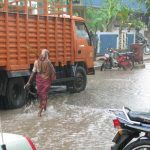
Monsoon disappointment affects Indian pulses
India's northeast monsoon produced less rain than normal, which in turn reduced the amount of pulses farmers plant
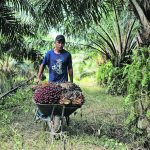
Malaysian palm oil output expected to improve this year
Labour shortages caused by the COVID-19 pandemic have eased, making it easier for producers to increase production
KUALA LUMPUR, Malaysia (Reuters) — Malaysian palm oil output is set to improve this year as a labour shortage eases, although challenges remain as planters seek to comply with European and U.S. regulations targeting the sector’s alleged links to deforestation and forced labour, industry officials say. The country’s palm oil industry, which relies on foreign […] Read more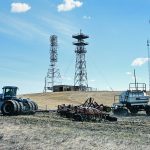
Management best bet for pulse success
Crop rotation, seeding depth and rate and root characteristics all play a role for pulse crops going into a dry year
There’s a farmer adage that goes, “we’ve never lost a crop in the middle of winter.” In other words, there’s no point speculating on what the growing season is going to be like before the first rainfall. That said, it’s looking more and more likely that 2024 will be another dry year. For many pulse […] Read more
Developing pulses particular to the Prairies
Ana Vargas and her U of S team are working to develop disease resistance, tall red lentils and drought-resistant fababeans
CALGARY – A scientist who seeks to breed lentils and fababeans that are a better fit for the Canadian Prairies in an era of climate change sees a bright future for the region’s pulse farmers. The ability of such crops to fix their own nitrogen means they require less fertilizer and provide high levels of […] Read more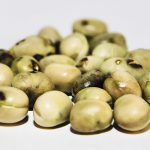
Fababeans attractive option for 2024
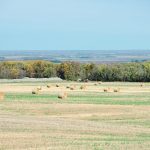
Dwindling rural populations called global issue
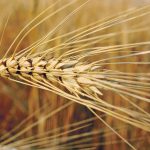
Competition grows in durum market
Canada's share of purchases in the European Union has plunged to 19 percent in 2023-24 from 72 percent last year
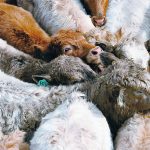
Beef checkoff set to increase in Sask. next year
Saskatchewan Cattlemen’s Association says it must prepare for lower revenues once sales fall off following a red hot run
REGINA — The Saskatchewan beef checkoff is set to rise 75 percent in 2025 from $2 to $3.50 per head. Producers attending the Saskatchewan Cattlemen’s Association annual general meeting voted in favour of the hike as of April 1, 2025, although some worried more producers would request refunds because of all the escalating costs they […] Read more
Producers urged to use forage rainfall insurance in Sask.
Program insures pastures when precipitation is 80 percent of normal during drought years, but few ranchers participate
There are a lot of misconceptions about the Forage Rainfall Insurance Program, an official with the Saskatchewan Crop Insurance Corp. said recently. She attributes this to the program being around for decades and changing over time. “Some people who were participating in the program 25 years ago and have given up on it because they […] Read more





